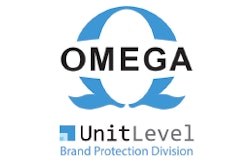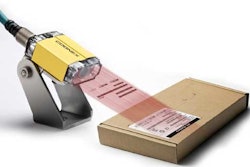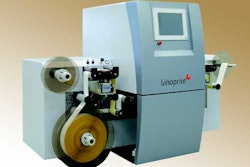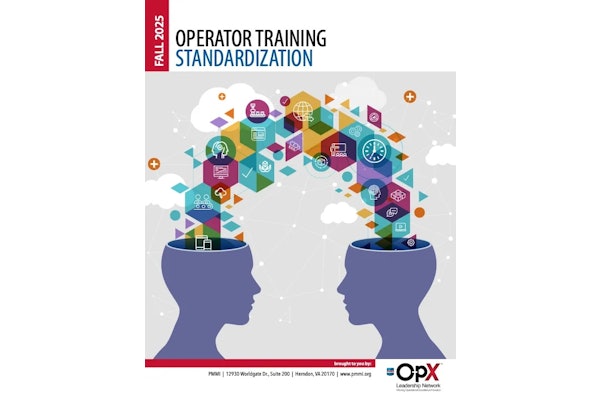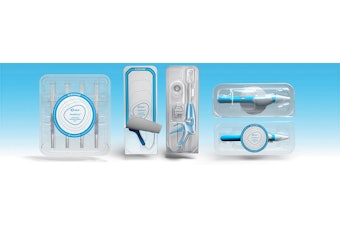
During the event, Omega Design president Glenn Siegele will present, “No Container Left Behind: How Early Tracking Ensures a Higher Standard of Quality Control.”
Impending FDA regulations may require serialization on every bottle, but companies are still identifying them when the label is applied. “Some people feel they don't need to worry about serializing bottles now because there's no regulation,” says Siegele.
“But if they wait for serialization to be regulated, they may not have time to implement the change, and they may be passing up on many of the benefits available now.”
Identifying bottles at the labeler opens you up to risks, says Siegele, including product recalls and counterfeiting. “If you don't put the code on the bottle before you put anything in it, how do you know what it is you're putting a label on? You lose the chain of integrity of the bottle before the labeler.”
Siegele proposes coding the base of the bottle when it first enters the packaging line. “When you put the label on the naked bottle, you'll have better assurance that you're labeling the correct product,” he says.
Companies also mistakenly believe that there's no readily available technology to make unit bottle identification an economically viable option, adds Siegele. “We're using already existing, proven ink-jet coding and character recognition technology, and you can use your already validated printers and camera systems.”



